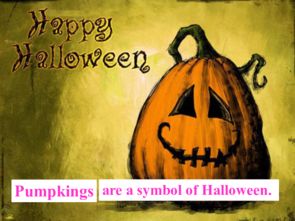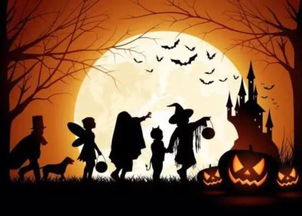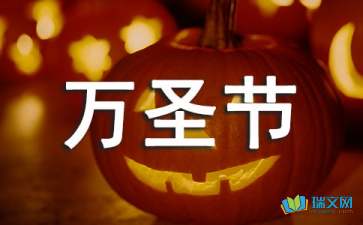Introduction to Halloween

Halloween, also known as All Hallows' Eve, is a traditional Western festival celebrated on October 31st. Its origins are steeped in ancient customs and folklore, with various interpretations and legends surrounding its history. This article delves into the origins of Halloween, exploring its roots and the evolution of its customs over time.
Pre-Christian Celtic Roots

The origins of Halloween can be traced back to the ancient Celtic festival of Samhain, which marked the end of the harvest season and the beginning of winter. Celebrated by the Celts, who lived in what is now Ireland, Scotland, and Wales, Samhain was a time when they believed the veil between the living and the dead was at its thinnest. This period was marked by rituals and festivities to honor the dead and to ward off evil spirits. The festival was held on the last day of October, which later became the date for Halloween.
Druidic Rituals and Practices

The Druids, the ancient Celtic priests, played a significant role in the celebration of Samhain. They believed that on this night, the spirits of the dead would return to the mortal world. To prevent these spirits from causing harm, the Druids would perform rituals, light bonfires, and wear costumes to disguise themselves as spirits. These customs have been preserved in modern Halloween traditions, such as the wearing of costumes and the lighting of jack-o'-lanterns.
Christian Influence and All Saints' Day

With the spread of Christianity in the early Middle Ages, the celebration of Samhain was gradually replaced by the Christian observance of All Saints' Day, also known as All Hallows' Day. This day, which falls on November 1st, honors all the saints, known and unknown. To coincide with this new Christian festival, the night before, October 31st, became known as All Hallows' Eve or Halloween.
The Transformation of Samhain into Halloween

Over time, the customs of Samhain were incorporated into the Christian celebration of All Saints' Day. The wearing of costumes, originally intended to disguise oneself as a spirit, evolved into the modern practice of dressing up as ghosts, witches, and other supernatural beings. The lighting of bonfires also transformed into the carving of jack-o'-lanterns, which are hollowed-out pumpkins with faces carved into them, representing the spirits of the dead.
Modern Halloween Practices

Today, Halloween is a time for fun, costumes, and trick-or-treating. Children and adults alike dress up in elaborate costumes, often inspired by popular culture, movies, and literature. They go door-to-door in their neighborhoods, asking for treats, and if they don't receive any, they might play a trick on the homeowner. The tradition of trick-or-treating has its roots in the medieval practice of
